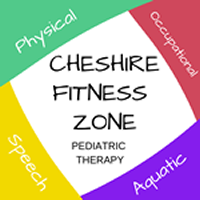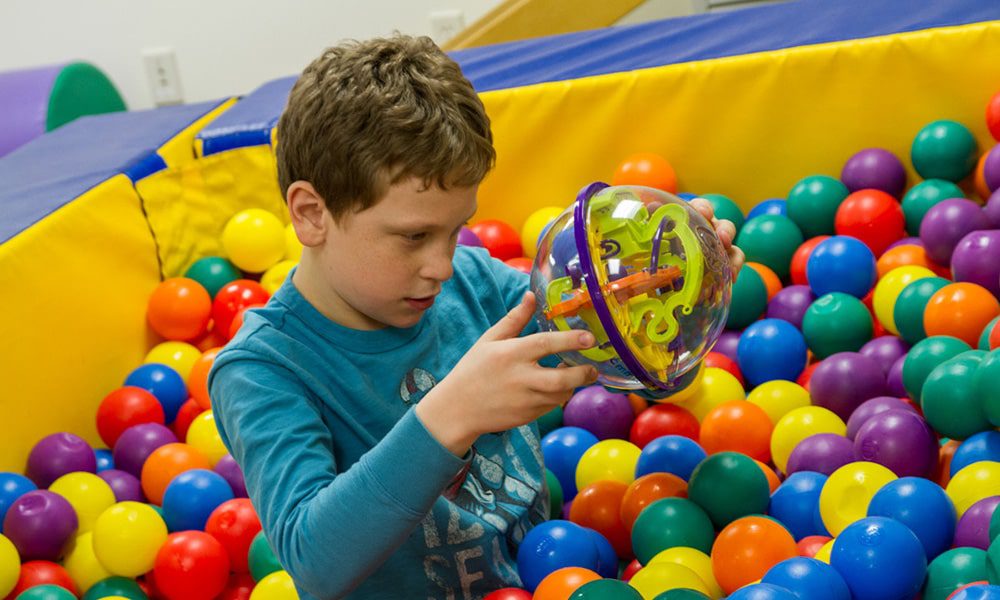Has your child been diagnosed with hypotonia or low muscle tone? These medical terms refer to loose muscles and they are less resistant than those with a level of tone that’s considered normal. The condition can be caused by several factors such as genetic disorders, muscles disorders and the central nervous system. However, the cause is not exactly known and will be referred to as idiopathic hypotonia.
How does low muscle tone affect a child?
In many cases, a child will face challenges with certain functional skills when they are diagnosed with low muscle tone. It may include sitting upright while working at a table or desk or playing games that require them to perform short bursts of running. Many kids who have low muscle tone will also tire easily and quickly from performing routine tasks such as walking up a flight of stairs.
Infants that are affected may also hit certain fine and gross motor developmental milestones slower such as the ability to hold their head up when placed on the stomach or ability to maintain a proper sitting position without losing their balance. Do not fret though, with regular movement activities and regular exercise, they can help build up your child’s strength and alleviate the aforementioned symptoms.
Overcoming low muscle tone
There are treatment programs out there to help your child increase their muscle strength and overall sensory stimuli, provided the cause of your child’s condition is confirmed. These programs typically involve physical therapy through a school-based or early intervention program alongside with other forms of therapy. You should also opt for programs that are family-centric so it can be much more fun and enjoyable, which allows your child to develop a long-term commitment to stay fit and constantly improve their strength.
Movement and strengthening activities
Movement activities can also help kids with hypotonia build up their strength while also improving endurance and coordination. For instance, they can try out wheel barrow walking and crab walking to promote arm, back and core strength. It is pertinent that you also get your child started early with muscle strengthening exercises. Early intervention is the key to help your child target specific and more identifiable areas of weakness with the best possible exercises and activities.
Aquatic therapy
If you wish to let your child undergo another beneficial activity which is fun and engaging at the same time, you can consider aquatic therapy. It is an activity that uses water (temperature, hydrostatic pressure, resistance and buoyancy) to achieve therapeutic goals. Aquatic therapy also puts less strain on your child while it normalizes their muscle tone, improve circulation in their body and overall cardiovascular endurance. Aquatic therapy in CT is not limited to just treating kids with low muscle tone, but it also benefits kids with neurological impairments and those who suffer from chronic pain and orthopedic injuries.
To find out how Cheshire Fitness Zone can help your child and alleviate the symptoms they suffer from, simply drop us a call today to talk to one of our friendly representatives, or fill out the form below.



